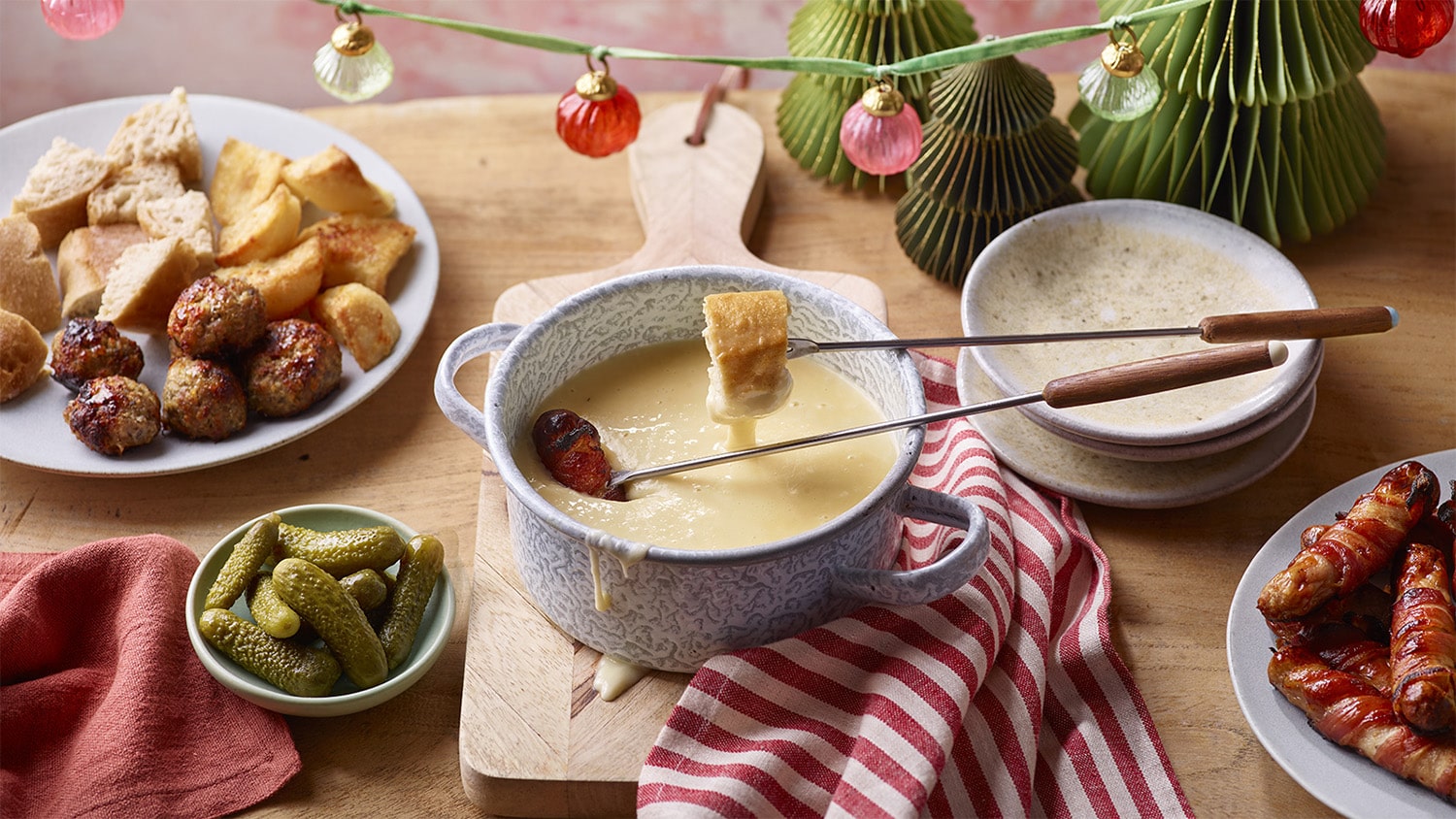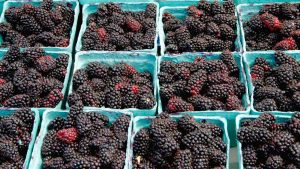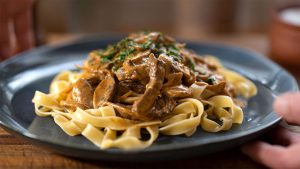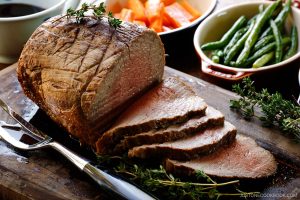
24 interesting facts about Fondue
- 👁️ 380
Fondue, the beloved dish that invites people to gather around a communal pot, dipping bread into melted cheese or pieces of fruit into chocolate, has a rich history and a variety of traditions associated with it. Originating from Switzerland, fondue has become a symbol of Swiss culture and culinary expertise, celebrated worldwide for its simplicity, versatility, and the communal dining experience it offers. This dish, which was originally a means of using aged cheeses and breads during the winter months when fresh foods were scarce, has evolved into a gourmet delight enjoyed in many forms across the globe. From cheese to chocolate, and even broth or oil for cooking meats, fondue provides a unique dining experience that brings people together. Here are 24 interesting and informative facts about fondue that highlight its history, variations, and cultural significance.
- The word “fondue” is derived from the French verb “fondre,” which means “to melt.”
- Fondue originated in Switzerland in the 18th century as a way to use hardened cheese and stale bread during the winter months.
- The first known recipe for fondue appeared in a 1699 book published in Zurich, Switzerland.
- Traditional Swiss fondue is made with a mixture of Gruyère and Emmental cheeses, white wine, garlic, a bit of cornstarch, and often kirsch, a cherry brandy.
- Fondue became Switzerland’s national dish in the 1930s as a result of the Swiss Cheese Union’s campaign to increase cheese consumption.
- There are several types of fondue, including cheese fondue, chocolate fondue, and fondue bourguignonne, where meat is cooked in hot oil or broth.
- Chocolate fondue was invented in New York in the 1960s, becoming a popular dessert.
- A traditional fondue pot for cheese fondue is called a “caquelon,” made of ceramic or earthenware to evenly distribute heat.
- For fondue bourguignonne and fondue chinoise, metal pots are used because they can handle the high heat needed for cooking meats in oil or broth.
- It’s a Swiss tradition that if a man loses his bread in the cheese fondue pot, he buys drinks for the table, and if a woman does, she must kiss her neighbors.
- The communal nature of fondue eating led to its popularity as a party dish in the United States during the 1960s and 1970s.
- Fondue forks are long, with color-coded handles to prevent mixing them up when multiple people are sharing the pot.
- The traditional beverage to accompany cheese fondue is white wine or tea, believed to aid in digestion of the rich cheese.
- In Switzerland, fondue is often enjoyed in mountain huts during skiing season.
- Cheese fondue variations depend on the region in Switzerland, with each area using local cheeses.
- A “fondue savoyarde” is a version from the Savoie region in France, using local French cheeses.
- Chocolate fondue can include a variety of dippers, such as fruits, marshmallows, and pieces of cake.
- There’s a World Fondue Championship held in Switzerland, where teams compete to make the best cheese fondue.
- Fondue sets, including the pot, stand, burner, and forks, became popular wedding gifts in the 20th century.
- The etiquette of fondue eating includes not double dipping and stirring in a figure-eight motion to keep the cheese smooth and evenly cooked.
- Some people believe that the best fondue is made with day-old bread because it absorbs the cheese better.
- “Fondue chinoise,” a Swiss version of hot pot, involves diners cooking thinly sliced meat in a communal pot of broth, served with various dipping sauces.
- Leftover fondue cheese can be repurposed into dishes like potato gratin or macaroni and cheese.
- In 1956, Konrad Egli, a Swiss chef in New York, is credited with popularizing chocolate fondue as a way to promote Toblerone chocolate.
Fondue remains a beloved dish that exemplifies the joy of shared meals, offering a warm, communal dining experience that transcends cultural boundaries. Its simple concept – dipping food into a shared pot – embodies the spirit of togetherness and celebration. Whether enjoyed in the snowy Alps or at a cozy gathering with friends, fondue continues to be a favorite for its delightful flavors and the unique dining experience it provides. These 24 facts only scratch the surface of fondue’s rich history and variations, inviting us to explore and savor this timeless culinary tradition.











